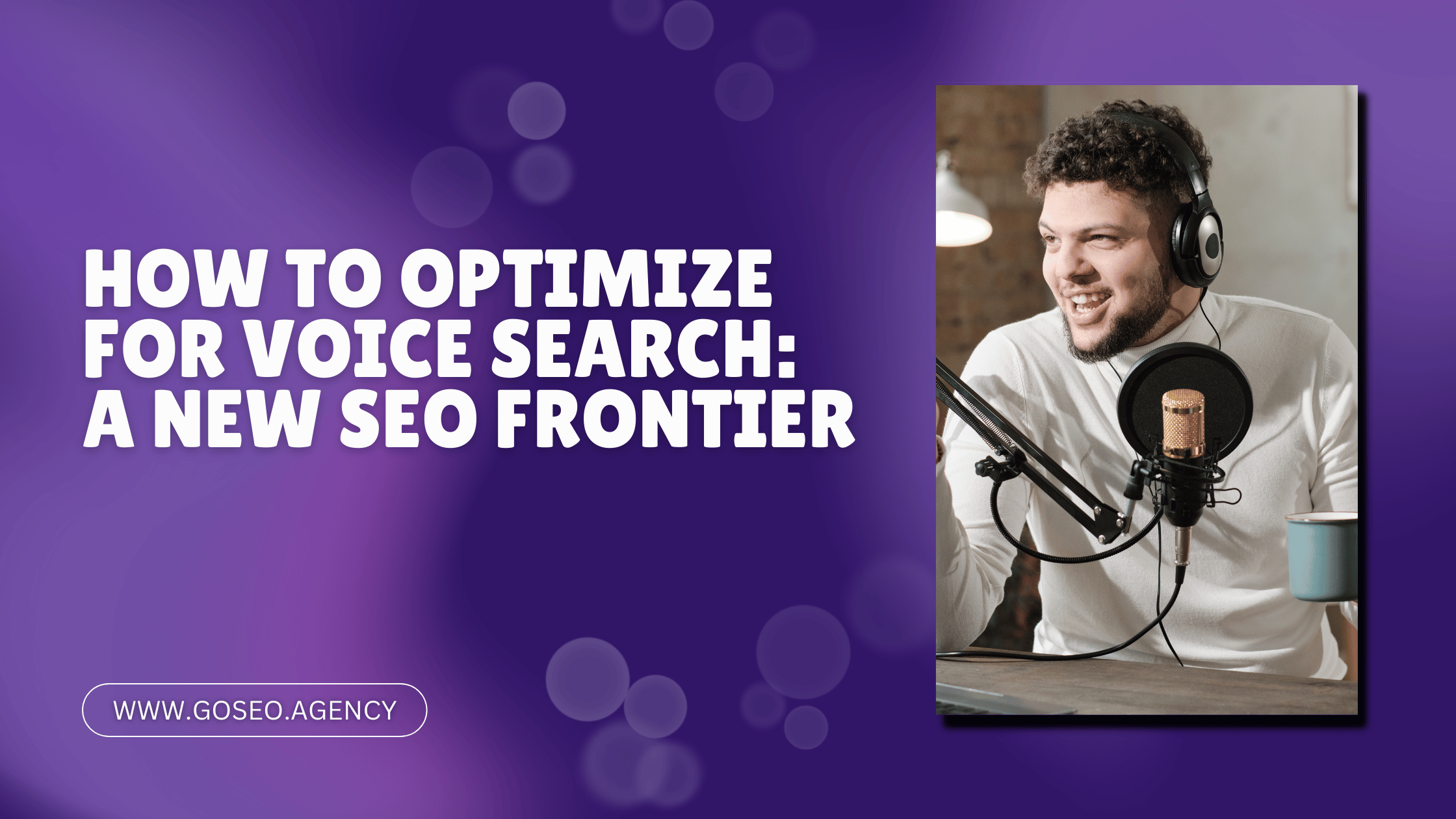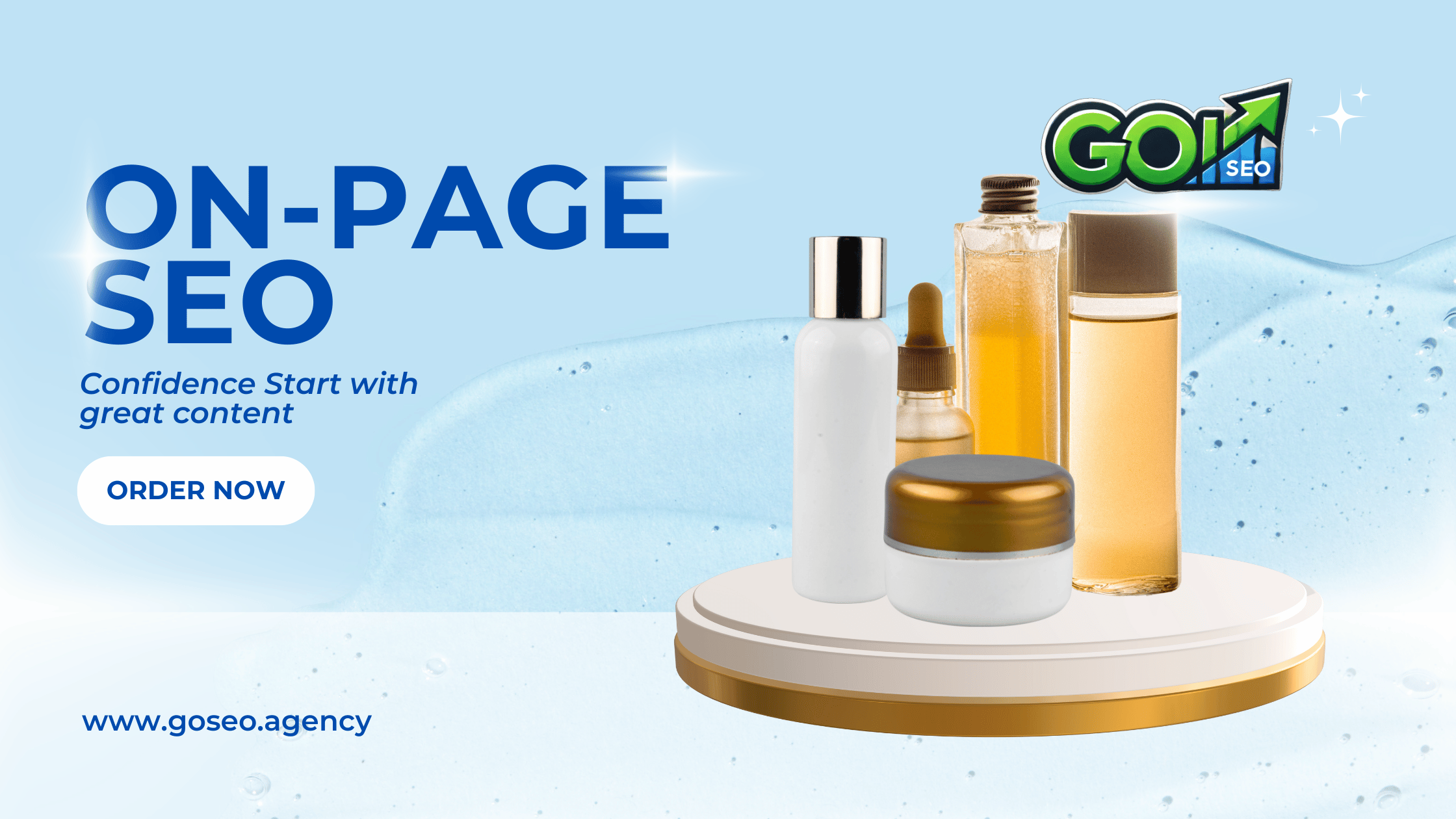In the ever-evolving world of digital marketing, two acronyms often dominate the conversation: SEO (Search Engine Optimization) and SEM (Search Engine Marketing). While both aim to increase your visibility on search engines like Google, they do so in different ways. Understanding the differences, benefits, and challenges of each can help you decide which strategy is best suited for your business.
What is SEO?
SEO, or Search Engine Optimization, focuses on improving your website’s organic visibility in search engine results pages (SERPs). By optimizing your website’s content, structure, and technical elements, you can rank higher for relevant keywords without paying for ads.
Key Components of SEO:
- On-Page SEO: Optimizing content, keywords, meta tags, and internal links.
- Off-Page SEO: Building backlinks, improving domain authority, and leveraging social signals.
- Technical SEO: Enhancing site speed, mobile responsiveness, and crawlability.
Benefits of SEO:
- Long-term results with sustained traffic growth.
- Builds credibility and trust with users.
- Cost-effective over time.
Challenges of SEO:
- Requires time and consistent effort.
- Algorithm changes can impact rankings.
- Competitive industries may require significant investment in content and backlinks.
What is SEM?
SEM, or Search Engine Marketing, is a broader term that includes paid advertising on search engines, often referred to as PPC (Pay-Per-Click). Google Ads is the most popular SEM platform, allowing businesses to bid for ad placements at the top of SERPs.
Key Components of SEM:
- Keyword Research: Identifying high-intent keywords to target.
- Ad Creation: Writing compelling ad copy with strong calls-to-action.
- Campaign Management: Monitoring and optimizing bids, budgets, and performance.
Benefits of SEM:
- Immediate visibility and results.
- Highly measurable and adjustable.
- Targeted audience reach based on demographics, location, and behavior.
Challenges of SEM:
- Costs can add up quickly, especially in competitive niches.
- Requires ongoing budget allocation.
- Ads stop driving traffic once the campaign ends.
Key Differences Between SEO and SEM
| Aspect | SEO | SEM |
|---|---|---|
| Cost | Organic traffic, minimal direct cost | Paid ads, ongoing budget required |
| Time to Results | Long-term (3-6 months or more) | Immediate |
| Sustainability | Long-lasting results | Stops when ad spend stops |
| Click-Through Rate | Generally higher for organic results | May have lower CTR compared to organic |
| Control | Limited control over rankings | Full control over targeting and ads |
Which is Right for Your Business?
Choosing between SEO and SEM depends on your business goals, budget, and timeline:
- Choose SEO if:
- You want sustainable, long-term growth.
- You have time to invest in building organic traffic.
- You’re working with a limited budget.
- Choose SEM if:
- You need immediate visibility and results.
- You’re launching a new product or service.
- You have a flexible budget for advertising.
For many businesses, a combination of both SEO and SEM can yield the best results. Start with SEM to drive quick traffic and leads, then gradually build your SEO strategy for long-term benefits.
Final Thoughts
Both SEO and SEM are powerful tools in your digital marketing arsenal. By understanding their strengths and limitations, you can create a strategy that aligns with your business objectives. Whether you’re looking for quick wins or sustainable growth, investing in the right approach will ensure your business thrives in the competitive online landscape.




